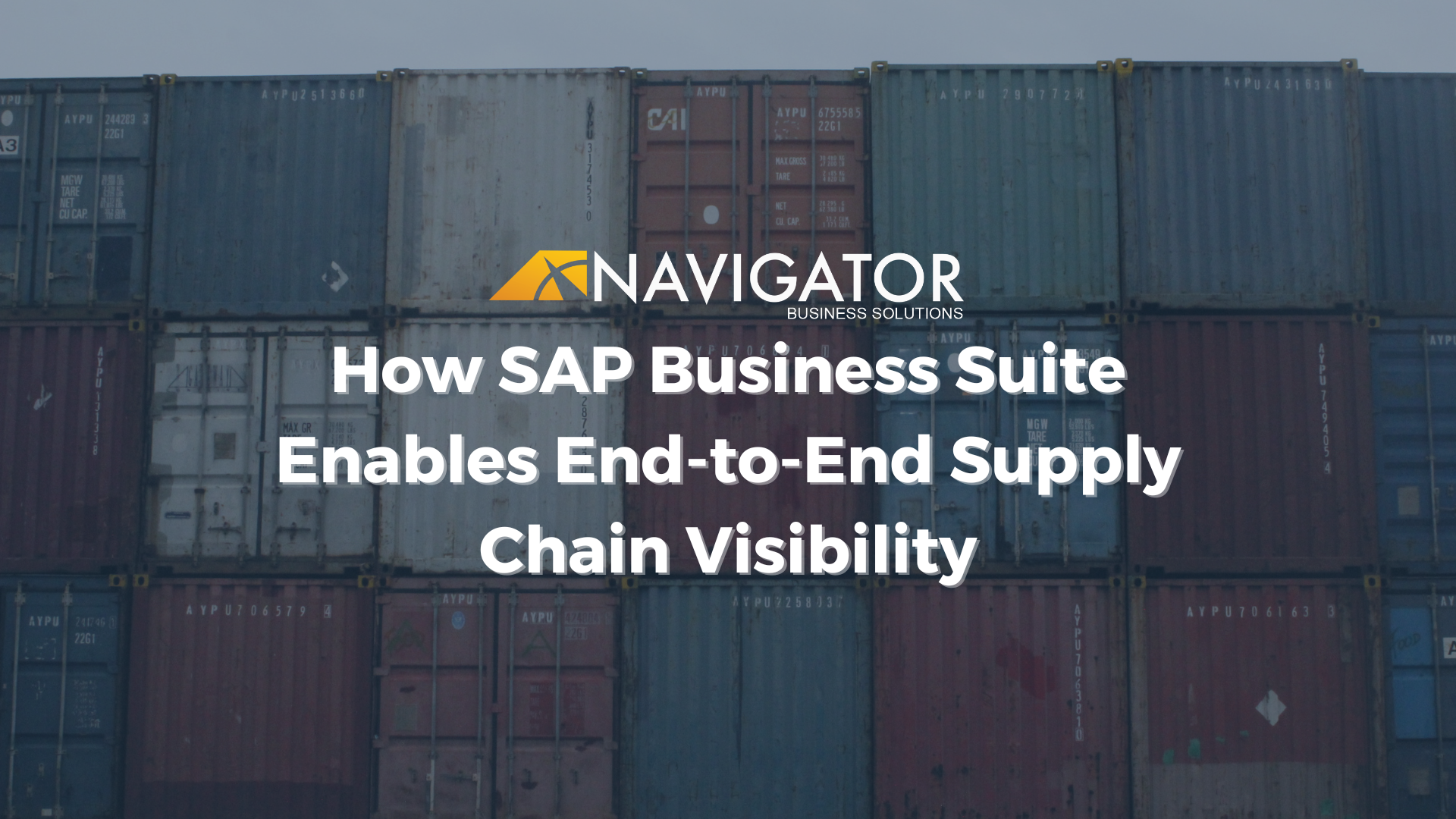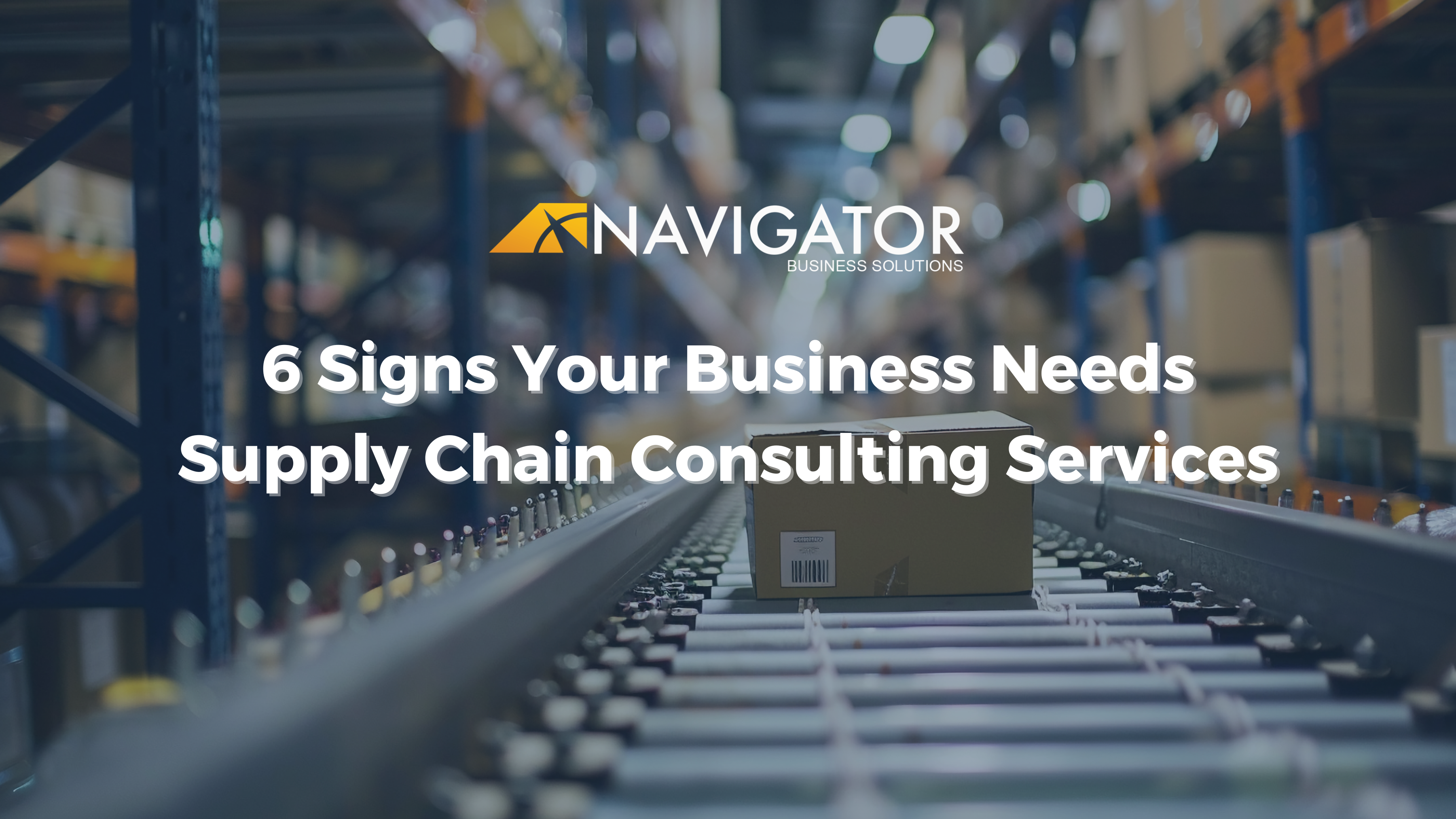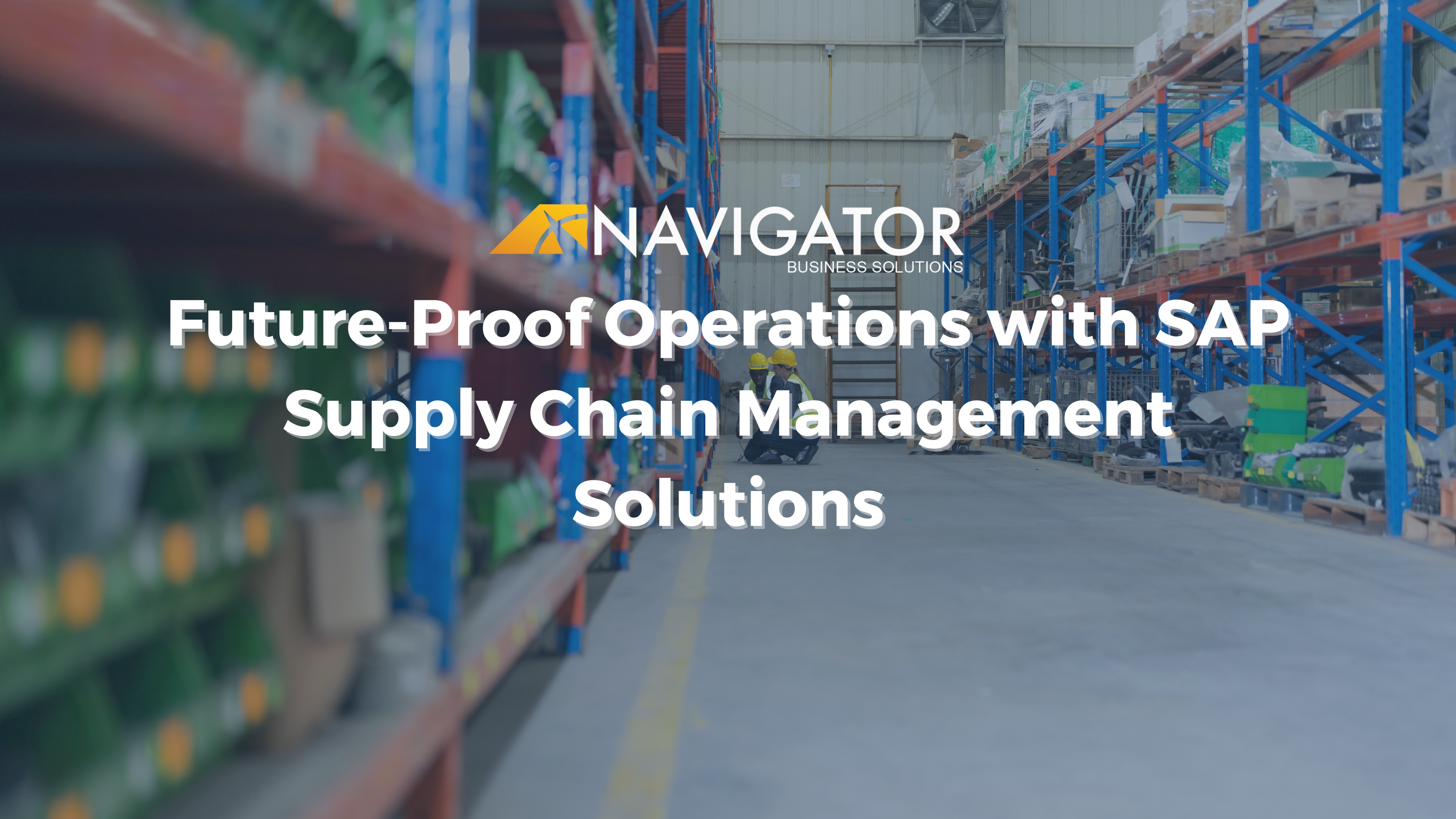It has been a busy season for Peter Guarraia, a management consultant at the consultancy, Bain & Co.
Earlier this summer, Guarraia covered three continents in just two weeks. Following scouting trips to India and Thailand, Guarraia traveled to Atlanta, Mexico and the U.K. The reason for this flurry of travel: the U.S. trade war with China, and the search for ways to improve supply chains for his clients after the stiff tariffs imposed on Chinese goods as part of the increased trade hostilities between the U.S. and the Mainland.
“We are all over the place,” he told Reuters recently. “A lot of our clients are asking, ‘How do we turn our supply chains from a necessary evil into a competitive weapon?’”
Forget competitive advantage during the trade war; many businesses would be happy just to stay even in the face tariffs on $250 billion worth of Chinese goods. With President Trump threatening to impose tariffs soon of the remaining $267 billion worth of Chinese imports to the U.S., the trade war is causing significant harm to many businesses that make a global supply chain part of their business.
“The companies that are engaged both in the production of goods and supply of services have really complex global supply chains that cannot just be picked up and moved,” Josh Kallmer of the Information Technology Industry Council told the US Trade Representative’s office during a hearing earlier this year. “Supply cannot just be rendered from another market. It takes years to renegotiate contracts. It takes years to move physical equipment.”
Coping with the Tariffs Starts with Supply Chain Visibility
This complexity isn’t stopping businesses from trying to rejig their supply chains in the face of significant tariffs on Chinese inputs. When firms such as heavy equipment manufacturer Caterpillar are facing a $100 million to $200 million jump in tariff-related material costs the second half of this year as a result of the trade war, there’s a pressing need to do something to offset the sudden added costs of a global supply chain.
Manufacturers are considering a number of options, including absorbing the added expense of the tariffs, passing them along to consumers, switching suppliers away from China and tariff-burdened countries, and investing in alternative supply chain strategies such as assembling products in countries outside the U.S. that are bound for places like Europe as a way to avoid the added materials expense.
For all of these strategies and the others being considered, operational and supply chain visibility is crucial for planning adjustments as a result of the trade war. Spreadsheets and cobbled-together business systems are woefully insufficient for handling the sudden variability in global trade and optimizing based on the new reality.
Large enterprises already have these tools in place in the form of enterprise resource planning systems (ERP) that connects their supply chain and bring visibility both to their supplier network and the variables that must be understood to properly adjust this network in the face of the tariffs. But many small and medium-sized businesses do not, even though they too rely on materials and supplier networks abroad.
If creating greater production and supply chain visibility should have been high on the list of priorities prior to the trade war for SMBs, it now is an urgent issue.
U.S. manufacturers need to get serious about investment in modern ERP solutions, according to Geoff Pollak, managing director of the corporate performance group for the consultancy, Alvarez & Marsal. He says manufacturers need to take action sooner rather than later, because “If you’re just getting started now, it’s not going to be easy.”
Why Increased Visibility Matters
What businesses must do now is understand their potential exposure to tariffs, assess where alternate suppliers might need development, see where product specifications can be altered to minimize the effects of the tariffs, and model the possible future disruptions that might occur and what should be done about it.
Businesses that have a global supply chain need deep visibility into not only their supplier network, but also the suppliers of their suppliers so they can predict potential disruptions and pass-along effects from the tariffs even if their immediate suppliers are not directly involved with areas affects by the trade war.
While a survey by Geodis in 2017 found that businesses rated supply chain visibility as a top priority, only 6 percent of those who responded said they had full visibility into their supply chain.
A second area where businesses need visibility is how alternate and secondary suppliers can reduce or eliminate the burden of potential tariffs. Maybe a business cannot shift away entirely from high-tariff suppliers in China and elsewhere, but there might be opportunities for shifting some of the supply chain and making the chain more robust as a hedge against future tariffs.
Businesses also need the added visibility of a robust ERP system for assessing where adjustments in product specifications might be made that could minimize the effects of current and future tariffs. In many cases, it might be possible to tweak specifications and shift away from some tariffs.
Then there’s the need for good modeling and what-if scenario planning. Analytics and big data can help both manufacturers and other businesses with global supply chains anticipate future disruptions and plan in the face of the increased uncertainties as a result of the trade war.
Modeling without good visibility into all areas of the business, from production and shipping to supplier networks and current contracts, will greatly reduce the efficacy of planning efforts. If there ever was a time for analytics and full business visibility, it might be now.
Is it Too Late?
As Pollak has noted, businesses that already have this visibility and robust supply chain management software in place are in a better position than firms that do not.
But with the trade war likely to continue for some time, and global trade under siege even as it drives economies across the world, taking the steps to gain this visibility now still can make a big difference; firms likely will have to face the threat of tariffs for some time to come, making optimized supply chain management and visibility more important than before.
“It’s all about being agile,” Evan Freely noted recently in Risk & Insurance, the global practice lead for credit specialties at risk consultancy, Marsh. And agility requires visibility.
Small and mid-sized businesses are no immune to the impacts. As an example the lobstering industry is being hit by the trade war. Read more Maine Lobster Industry feels impact of China's tariffs




